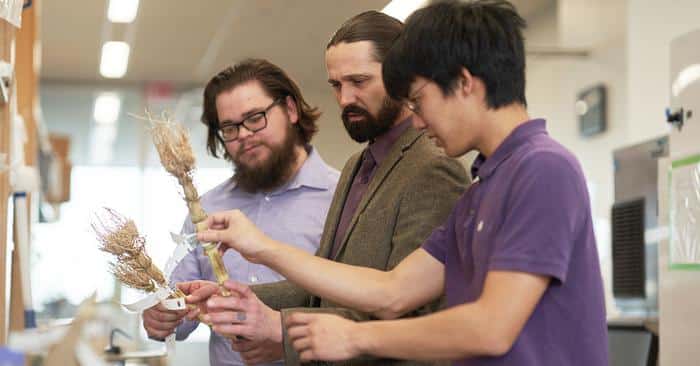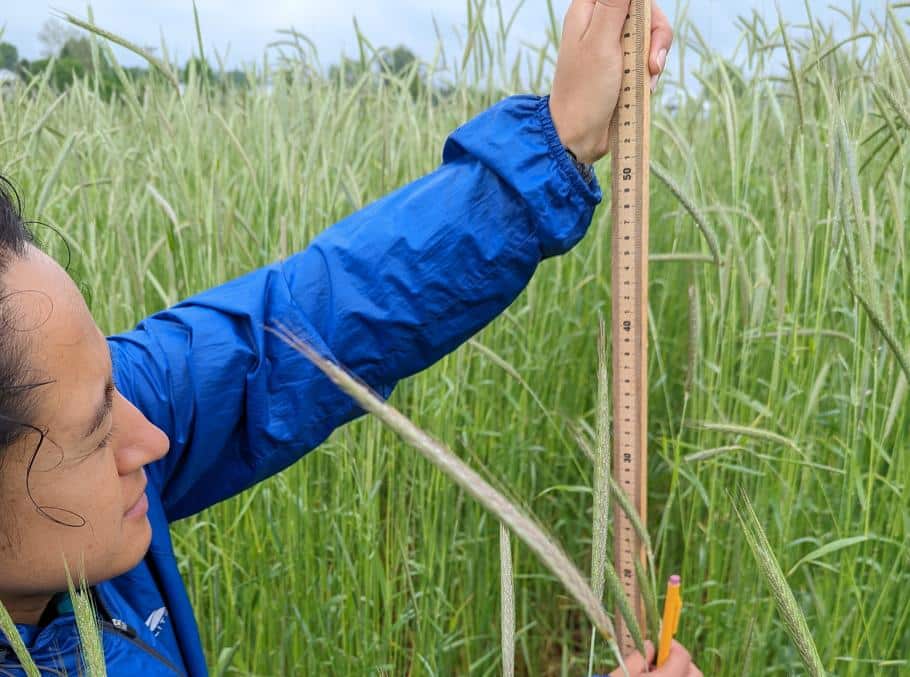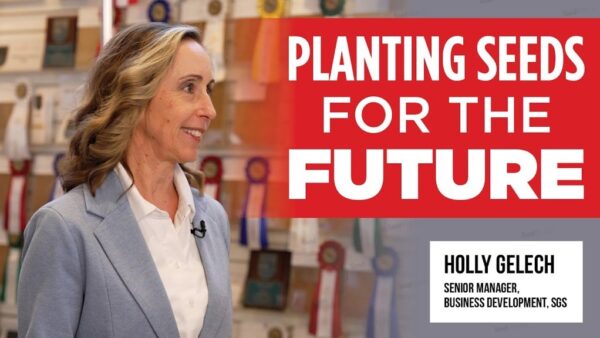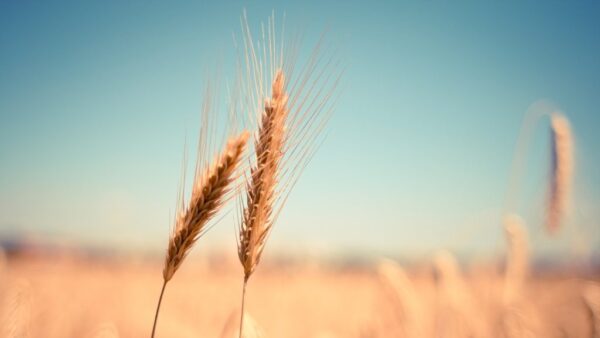Scientists from the Danforth Plant Science Center and the University of Illinois are embarking on a multi-year study to explore how diverse cover crop species can enhance soil health and improve corn production.
According to a recent news release, the project is backed by a $650,000 grant from the National Institutes for Food and Agriculture. The research aims to provide data-driven tools that empower farmers to maximize yield and environmental benefits through better cover crop management. Christopher Topp, principal investigator at the Danforth Plant Science Center, along with team members Marcus Griffiths and Kong Wong have partnered with researchers at the University of Illinois Urbana-Champaign—Kaiyu Guan, Bin Peng and Sheng Wang—to investigate the effects of cover crops on soil health and corn production. Their goal is to enhance agricultural sustainability by providing farmers with data-driven tools to determine optimal cover crop strategies.
This research involves multi-year field trials using 12 different cover crop species in conjunction with corn production. By leveraging root phenomics, state-of-the-art sensing technologies, and machine-learning-based agroecosystem modeling, the team aims to deepen the understanding of root trait variations across cover crop species and their impact on soil and cash crop performance.
“The major goal of the project is to fill key gaps in the foundational knowledge base of cover crop plant species that currently hinder their efficacy and farmer adoption,” Topp said in the release. “Roots are the interface of the plant with soil, but there is a limited understanding of cover crop root system traits and their empirical effects on soil health and cash crop productivity.”
Cover cropping is widely regarded as an essential conservation practice to promote ecosystem services and sustainable farming. Despite this, cover crop adoption remains low across U.S. farmlands. To encourage greater use of cover crops, government and private sector initiatives have been pouring investments into this area. The team’s research seeks to support these efforts by increasing knowledge about how cover crop root systems affect both soil health and cash crop outcomes, particularly in diverse environments and cropping systems.
“What’s unique about this project is that we will combine the unprecedented capability of the Danforth Center’s root phenotyping with our advanced modeling capability at the University of Illinois, aiming to significantly deepen our understanding of cover crop root diversity and their impacts on plant and soil. Our modeling thus can extrapolate the findings and implications to the broader geography across the Midwest to inform better practices of cover crop,” said Guan, lead principal investigator at the University of Illinois Urbana-Champaign and director of the Agroecosystem Sustainability Center.
Topp added, “Creating a better understanding of the impact of cover crops will help farmers be more informed about selecting cover crops that maximize both yield and ecosystem benefits, thereby supporting widespread adoption of cover crop management practices in the U.S.”












